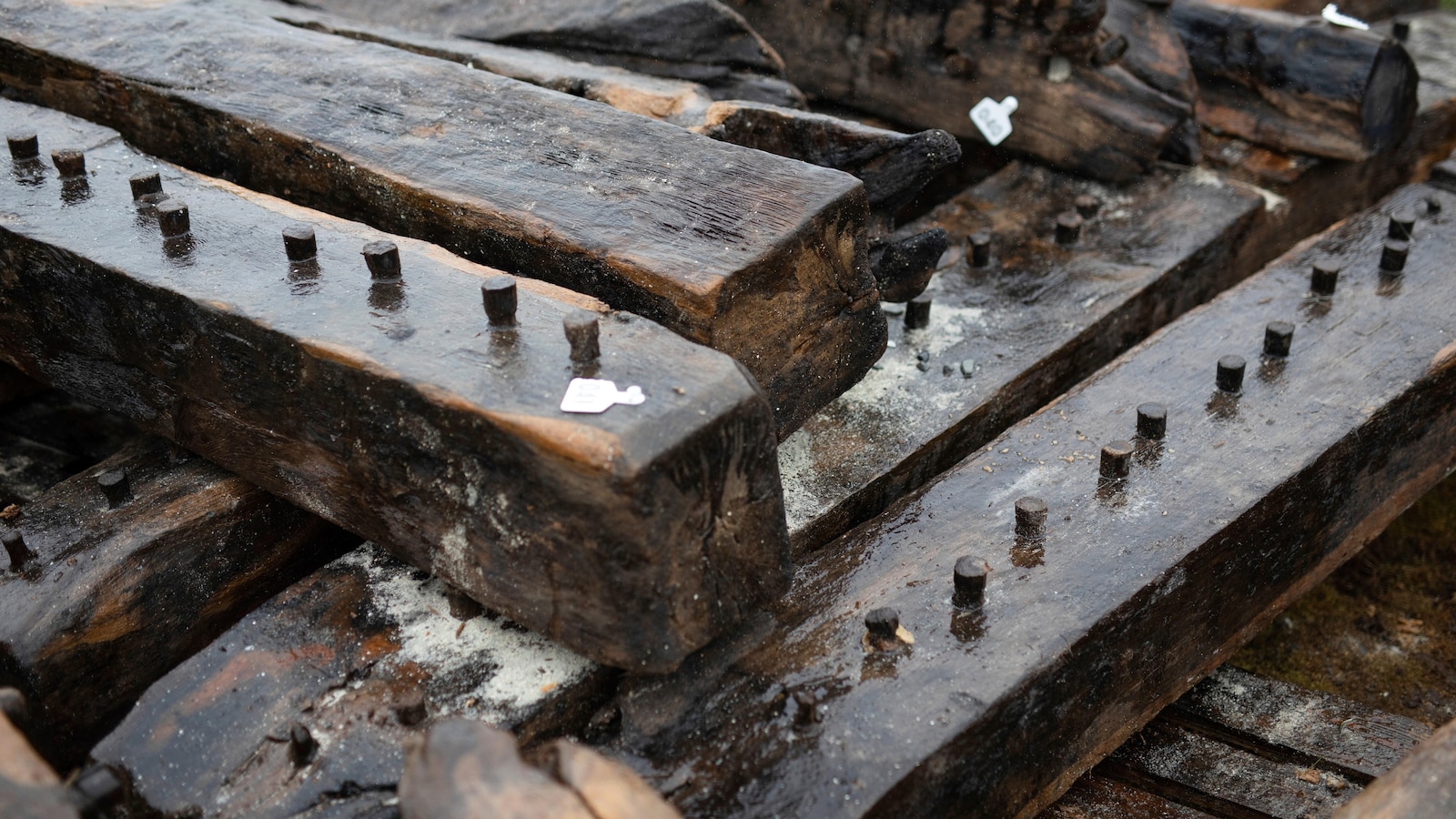Archaeologists have identified a 250-year-old shipwreck uncovered on a remote Scottish beach
Why it matters
- The discovery of the shipwreck offers insights into 18th-century maritime practices and trade routes.
- It highlights the ongoing importance of coastal archaeology in understanding historical events.
- The find could attract interest from historians and tourists, potentially bolstering local economies.
In a remarkable archaeological find, researchers have uncovered the remains of a shipwreck dating back 250 years on a secluded beach in Scotland. This extraordinary discovery has opened a window into maritime history, revealing details that could reshape our understanding of 18th-century naval activities and trade routes in the region.
The shipwreck was identified by a team of archaeologists who were conducting research along the remote coastline. The location, known for its rugged beauty and historical significance, has long been an area of interest for historians and archaeologists alike. The identification of the vessel was made possible through a combination of historical records, physical evidence from the wreck, and local knowledge.
According to the lead archaeologist on the project, the wreck is believed to be a merchant ship that was part of an active trade network during its time. The team discovered various artifacts embedded in the sand and debris surrounding the wreck, including remnants of the ship's hull, cargo, and personal items that once belonged to the crew. Each piece offers a narrative that speaks to the life and times of the individuals who sailed aboard the vessel.
The shipwreck's age indicates that it was active during a period of significant change for maritime trade. The 18th century was marked by increased global commerce and competition among European powers, particularly in the North Atlantic. Understanding the ship's origins and purpose could provide valuable context about trade dynamics, naval strategies, and even the socio-economic conditions of the time.
Further analysis of the site is expected to yield more information about the ship's construction techniques and the materials used. These findings could help historians understand advancements in shipbuilding technology during the 18th century, as well as the types of goods that were commonly transported across the seas.
Local archaeologists are also keen to engage the community in this discovery. They believe that involving local residents in the research can enhance public interest in history and archaeology. Educational programs and community events will be organized to share the findings and foster a sense of pride in the region's rich maritime heritage.
The discovery of the shipwreck has drawn attention not only from historians but also from media outlets, showcasing the ongoing relevance of archaeological work in contemporary society. As the investigation continues, the shipwreck could become a focal point for archaeological tourism, drawing visitors eager to learn about Scotland's maritime past.
This find is particularly significant given the increasing number of shipwrecks being discovered around the world. Each new discovery adds to the global narrative of human exploration and the story of our oceans. As environmental changes continue to affect coastlines, the urgency to document and study these sites becomes even more critical.
Experts emphasize that while the initial discovery is exciting, it is just the beginning of a larger investigation. The research team will be conducting extensive studies over the coming months to piece together the ship's story, and they are hopeful that more artifacts will surface as the excavation progresses.
In summary, the uncovering of this 250-year-old shipwreck is more than an archaeological achievement; it is a testament to the enduring connection between humanity and the sea. As we delve deeper into the past, we gain not only knowledge about our ancestors but also a greater appreciation for the complexities of history that continue to shape our world today.











